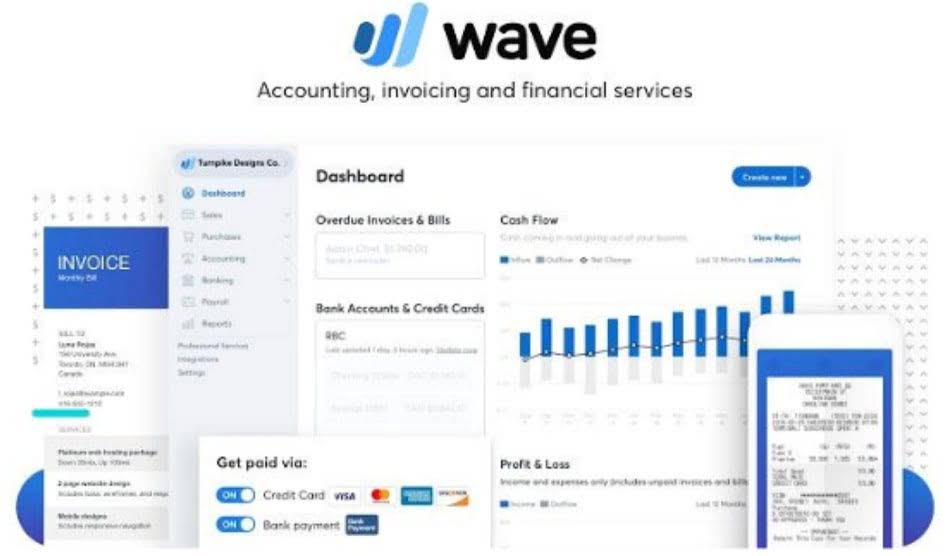
After three years, the $3,969.16 would earn $1,030.84 and grow to exactly the $5,000 that you will need. Discounting is the method by which we take a future value and determine its current, or present, value. An understanding of future value applications and calculations will aid in the understanding of present the present value of a single sum value uses and calculations. A present value of 1 table states the present value discount rates that are used for various combinations of interest rates and time periods. A discount rate selected from this table is then multiplied by a cash sum to be received at a future date, to arrive at its present value.
Uses of Present Value Concept in Business:
Use the future value tables provided in Appendix B when needed, and round answers to the nearest cent where required. Present value is also useful when you need to estimate how much to invest now in order to meet a certain future goal, for example, when buying a car or a home. So, if you’re wondering how much your future earnings are worth today, keep reading to find out how to calculate present value. The present value of a single amount formula is most often used to determine whether or not an investment opportunity is good. The amount you would be willing to accept depends on the interest rate or the rate of return you receive.
Create a Free Account and Ask Any Financial Question
Despite this, present value tables remain popular in academic settings because they are easy to incorporate into a textbook. Because of their widespread use, we will use present value tables for solving our examples. Present value of a future single sum of money is the value that is obtained when the future value is discounted at a specific given rate of interest.
Understanding Present Value
- In many cases, investors will use a risk-free rate of return as the discount rate.
- For our examples and assessments, the period (n) will almost always be in years.
- For example, assume that you invest $5,000 today in a savings and loan association that will pay interest compounded annually.
- For information pertaining to the registration status of 11 Financial, please contact the state securities regulators for those states in which 11 Financial maintains a registration filing.
- A mentioned, the discount rate is the rate of return you use in the present value calculation.
- There are benefits to investing money now in hopes of a larger return in the future.
- For example, the tables used above to determine the accumulated amount of a single amount at different compounded rates are based on the formula described in the next section.
The present value of a single amount allows us to determine what the value of a lump sum to be received in the future is worth to us today. For example, the tables used above to determine the accumulated amount of a single amount at different compounded rates are based on the formula described in the next section. An ordinary annuity is one in which the payments are made at the end of each period in equal installments. A future value ordinary annuity looks at the value of the current investment in the future, if periodic payments were made throughout the life of the series. This means that any interest earned is reinvested and itself will earn interest at the same rate as the principal.


For example, as we noted above, you may be interested in determining what rate of interest must be earned on a $10,000 investment if you want to accumulate $18,000 at the end of 7 years. To illustrate, the table below shows the future value of $1 for 10 periods with interest rates ranging from 2% to 15%. Working backwards from $100 at 5% we see that this amount is worth only $95.24 if it were to be received in 1 year; $90.07 in 2 years; and $86,38 in 3 years. You want to know the value of your investment now to acheive this or, the present value of your investment account. For the past 52 years, Harold Averkamp (CPA, MBA) hasworked as an accounting supervisor, manager, consultant, university instructor, and innovator in teaching accounting online. For example, if $1,000 is deposited in an account earning interest of 6% per year the account will earn $60 in the first year.
- In some situations, the cash flows that occur each time period are the same amount; in other words, the cash flows are even each period.
- According to these results, the amount of $8,000, which will be received after 5 years, has a present value of $4,540.
- Another way of looking at this is to say that because of the time value of money, you would take an amount less than $12,000 if you could receive it today, instead of $12,000 in 2years.
- Where, i is the interest rate per compounding period which equals the annual percentage rate divided by the number compounding periods in one year; and n is the number of compounding periods.
- For example, a bank would consider the future value of a loan based on whether a long-time client meets a certain interest rate return when determining whether to approve the loan.
- Knowing what these future earnings will be can help a business decide if the current investment is worth the long-term potential.
What is the future value of a single amount?
The interest rate selected in the table can be based on the current amount the investor is obtaining from other investments, the corporate cost of capital, or some other measure. Because the PV of 1 table had the factors rounded to three decimal places, the answer ($85.70) differs slightly from the amount calculated using the PV formula ($85.73). Present value calculator is a tool that helps you estimate the current value of a stream of cash flows https://www.bookstime.com/articles/accounting-for-churches or a future payment if you know their rate of return. Present value, also called present discounted value, is one of the most important financial concepts and is used to price many things, including mortgages, loans, bonds, stocks, and many, many more. As mentioned, to determine the present value or future value of cash flows, a financial calculator, a program such as Excel, knowledge of the appropriate formulas, or a set of tables must be used.
To determine future value, the bank would need some means to determine the future value of the loan. The bank could use formulas, future value tables, a financial calculator, or a spreadsheet application. Due to the variety of calculators and spreadsheet applications, we will present the determination of both present and future values using tables. In many college courses today, these tables are used primarily because they are relatively simple to understand while demonstrating the material. For those who prefer formulas, the different formulas used to create each table are printed at the top of the corresponding table.
Present Value of a Single Sum of Money
- The two tables provided in Appendix B for present value are the Present Value of $1 and the Present Value of an Ordinary Annuity.
- PV tables cannot provide the same level of accuracy as financial calculators or computer software because the factors used in the tables are rounded off to fewer decimal places.
- Both (n) and (i) are stated within the context of time (e.g., two years at a 10% annual interest rate).
- Present value is based on the concept that a particular sum of money today is likely to be worth more than the same amount in the future, also known as the time value of money.
- One way to tell if you’re looking at a future value or present value problem is to look at how many times the interest rate is being applied.